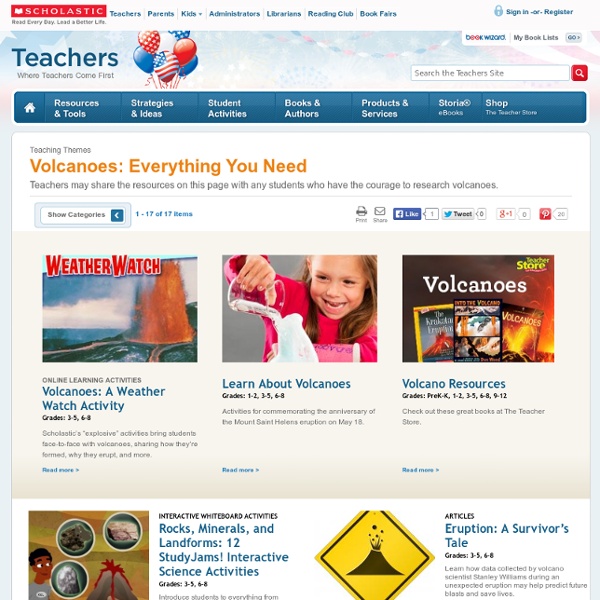



Encyclopedia of Earth Shaking Intensity It is a modern human tendency to focus on the number of an earthquake—specifically, the magnitude, or what people used to call the “Richter scale.” But the destruction from a quake usually has more to do with location and timing. Such was the case with the earthquake in Christchurch, New Zealand, on February 22, 2011. A September 2010 earthquake centered 40 kilometers (25 miles) west of Christchurch, in the plains near Darfield, struck at 4:35 a.m., had a magnitude of 7.1, and caused some structural damage and one death (by heart attack). The earthquake in February 2011 occurred at 12:51 p.m. and just 10 kilometers (6 miles) from the center of Christchurch. It had a magnitude of 6.3, though was officially classified—scientifically speaking—as an aftershock of the 2010 quake. The natural-color image above was captured on March 4, 2011, by the Advanced Land Imager (ALI) on NASA’s Earth Observing-1 (EO-1) satellite. There are two forms of energy that cause the shaking in an earthquake.
Interactive Animations This is our collection of interactive rollover flash animations. Click links or scroll down to view the available interactive animations.Check out our Earth Science Animations and Videos pages. Interactive Animations General Basin and Range Dynamic Planet- Earthquakes & Volcanoes Tectonics How Are Earthquakes Located- Walk Run Activity Earthquakes Tectonic Plates Volcanoes Significant Earthquakes from 2001-2011 NEW! Pacific Northwest Pacific Northwest vs Japan Pacific Northwest vs Sumatra Subduction Zones Northwest Plate Rollover Chile vs Sumatra Subduction Rollover Reveal Pacific Northwest vs Sumatra Earthquake Depth Rollover Pacific Northwest vs Japan Earthquake Rollover Volcanoes Rollover General Significant Earthquakes from 2001-2011 Download interactive Flash animation. Dynamic Planet- Earthquakes & Volcanoes Download interactive Flash animation. How Are Earthquakes Located- Walk Run Activity Download IRIS one-pager, "How are earthquakes located?" Tectonic Plates Basin and Range Tectonics Earthquakes
U.S. and World Maps and Puzzles - Free Maps That Teach US Geography Mega Quiz 1100 varied and interesting questions about the United States. The questions encourage the player to think and make connections using a map. Printable U.S. State Maps Maps of all of the 50 U.S. states, labeled and unlabeled, for classroom and student use. Online Atlas Maps of the countries of every continent and of every continent. Print Free Maps Large or Small Free online software to print outline maps - one page to 7 feet wide. Megamaps - free maps large and small Great for classroom maps. Maps by Place: World: Print World Maps Online Atlas Continents and Regions Maps Continents Map Puzzle World Features Map Puzzle World Monuments Map Puzzle Europe: Online Map of Europe Online Atlas Maps of the Countries of Europe Europe Map Puzzle Print Maps of Europe and European Countries United States: Online Atlas maps of the United States Make Your Own USA Online Map of the United States Printable U.S. Asia: Africa: North America: Central America and the Caribbean: Mexico:
Earthquakes And Tsunamis Almost every year, a large earthquake occurs somewhere in the world and captures the public's attention. Meanwhile, every day thousands of smaller tremors often go unnoticed by most people. Although we usually consider the ground to be solid and stable, the earth is, in fact, constantly shifting under our feet. What causes earthquakes? Earth's crust ranges from 3 to 45 miles deep (5 to 70 kilometers). As they slide past one another, the tectonic plates snag on rough patches of rock. An earthquake occurs when the pressure built up along a fault becomes stronger than the pressure holding the rocks together. Even though the tectonic plates slide at a regular rate over time, the way that faults release stored energy is different with each earthquake, said Shimon Wdowinski, a geophysicist at the University of Miami's Rosentiel School of Marine & Atmospheric Sciences. Tsunamis If the earthquake occurs in the ocean, it can push up powerful waves, known as tsunamis. Measuring earthquakes
Britain from Above | Rescue the Past Alpha History: Because the past matters The webserver at Alpha History has detected an adblocking tool, plug-in or browser extension on your computer or network. Alpha History provides free textbook-quality content for teachers and students worldwide. We rely on advertising revenue to host, maintain, improve and expand our website. It is a condition of use that visitors to Alpha History’s website do not use tools or software that prevents advertisements from loading (see terms of use, 1.4). To access the Alpha History website, please undertake one of the following steps: * Disable or deactivate your adblocking software, tool or plug-in. * Whitelist our top level domain (alphahistory.com) in your adblocking software. Thank you for your understanding. Alpha History staff
Earthquakes - Q-files Encyclopedia Many earthquakes take place where one tectonic plate slides down beneath in another in what is called a subduction zone. Shock waves are sent out in all directions when, deep under the ground, the locked plates suddenly "give". A subduction zone How an earthquake happens The outer layer of the Earth is made up of a number of giant slabs, called tectonic plates. P- and S-waves travelling through the Earth's interior Shock waves The sudden jolt of a quake usually lasts no more than a few minutes and may be over in just a few seconds. P-waves (1) squeeze and stretch the rocks. P-waves (1) and S-waves (2) Shock waves radiate from the epicentre like ripples on a pond. There are different types of shock waves. Customers in a cafe experience an earthquake. Effects of a quake The shock waves hurtling through the crust cause the ground to shake. A road cracks open along a fault line, with one side slipping down a few centimetres. A road cracks open along a fault line. Unstable ground After an earthquake